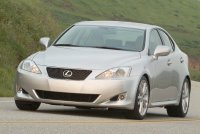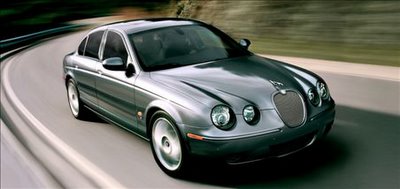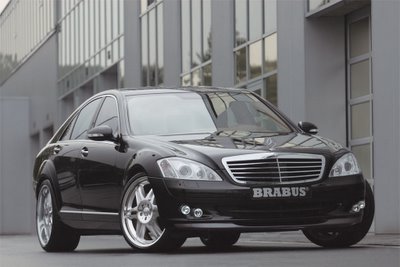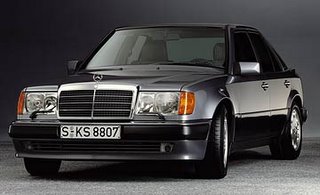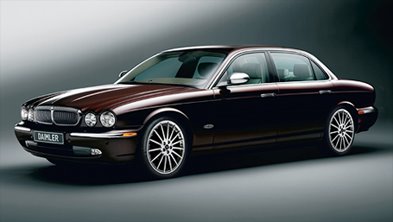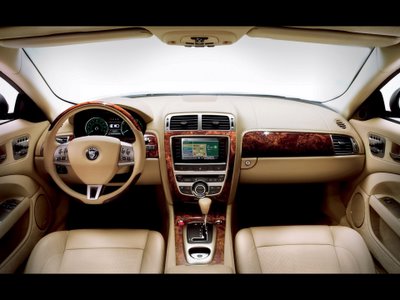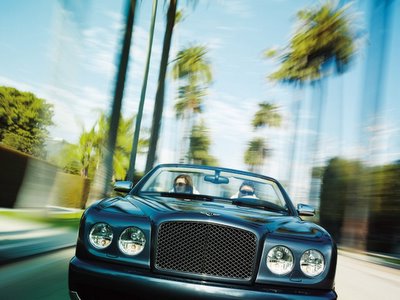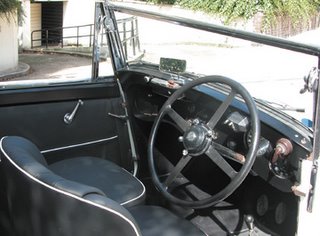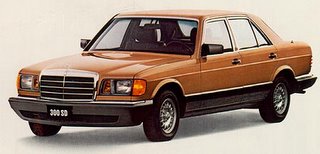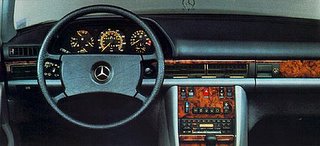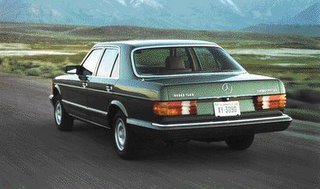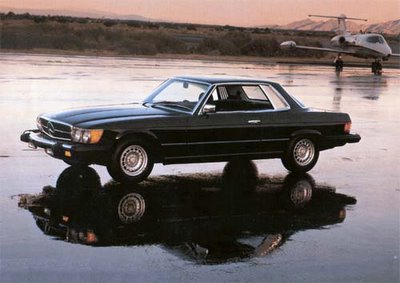 It’s
It’s not everyday that one gets to drive a legend (unless, one owns the legend). Rarer still is driving one that is in pristine order.
There is a great deal to like about this relic of the 1980s. In reality, it is a relic of the 1970s (the W107 body premiered in 1972) with an 80s engine and 80s technology.
The car’s looks are a great starting point. There is nothing contemporary about the vehicle. In fact,
the 560SL is quite dated. The widely gaped body panels, the boxy nature of the overall design, the separate rubber bumpers, those double headlights, all serve to provide the vehicle with a distinct, wonderfully stylish, and ultimately classic character.
Magnificent.
Approach the car slowly. Take in the visual delight.
Grip the door handle and pull. Open. The door is both long and heavy.
Sit down inside the car. The seats are 1980s springy (Mercedes logic at the time was to craft seats in an orthopedically correct manner that resembled bed mattresses).
To anyone used to contemporary seats, this logic seems foreign.
Squeeze in. The seat is all the way back. The large, leather wrapped wheel juts into your space.
Close the door.
Whum…Whum…Clank. Big, heavy, metal.
A similar sensation in sound and feel can be found in closing the door of a 1988 Rolls-Royce Silver Spur. The door’s weight seems to sit heavily on the equally formidable hinges.
Like a vault, I say to myself.
Take the key. It’s that classic black checkered key that anyone who owns a Benz that is greater than fifteen years old knows well.
Put it in the ignition. Turn. The engine starts to life quickly. The car barely turns over.
It’s a heavy sounding machine. The powerplant is right there behind the narrow dash. It's size and mechanics resonate throughout the car.
Take the leather gear shifter in hand and nock it back to the reverse. The engagement is light and speedy.
In reverse, the car is in first gear. It seems high strung and ready to squeal its tyres the instant you stab the pedal.
In drive, the SL starts in second. The gas pedal has a long travel and some might complain that it gives the roadster a too heavy sensation.
That maybe, up it also adds a certain préstance.
The steering is well weighted. Much like the 300SD I wrote on, the steering is not speed sensitive nor is super light. It is weighed nicely and feels appropriate for the car.
The recirculating ball steering is numb though. U.S. car monthly Road & Track once wrote that if a BMW’s steering gives the driver every little detail, the Benz gives something more akin to an executive summary – only the most important points.
The handling is rock solid and stable.
There is lean, though it is never excessive.
Fast handling is not this car’s strongest suit. In fact, the car’s purpose is first and foremost easy cruising as the ultimate top down boulevardier.
A boat the SL never is. As I have mentioned, every aspect feels solid; brakes, suspension, engine.
The only exception is when the top is down. Cowl shake is terrible, perhaps the worst of any convertible that I have driven.
More problematic is the cramped cockpit and the fact that the windshield rakes in closely such that the open air sensation is never fully realized.
More on the car’s strengths.
The engine; a 5547 cc, 300 horsepower V-8 is powerful and boisterous, however, the note sounds more like that of the 500 than a 560.
The performance feels more like that of a 500 than a 560 as well. The torque pulls strongly through the revs. 60 mph comes fast, but 500 fast, rather than 560 fast.
I cannot explain why that would be, except that it simply is the case.
If push came to shove, the 560SL could tear up the roads with the best of them. It is a highly capable machine even for so old a design.
To me, that speaks volumes of German engineering.
And it is easy to see why for so many years this SL reigned as an icon. This grand tourer is utterly satisfying despite its age and eccentricies.
All in all a true classic.


